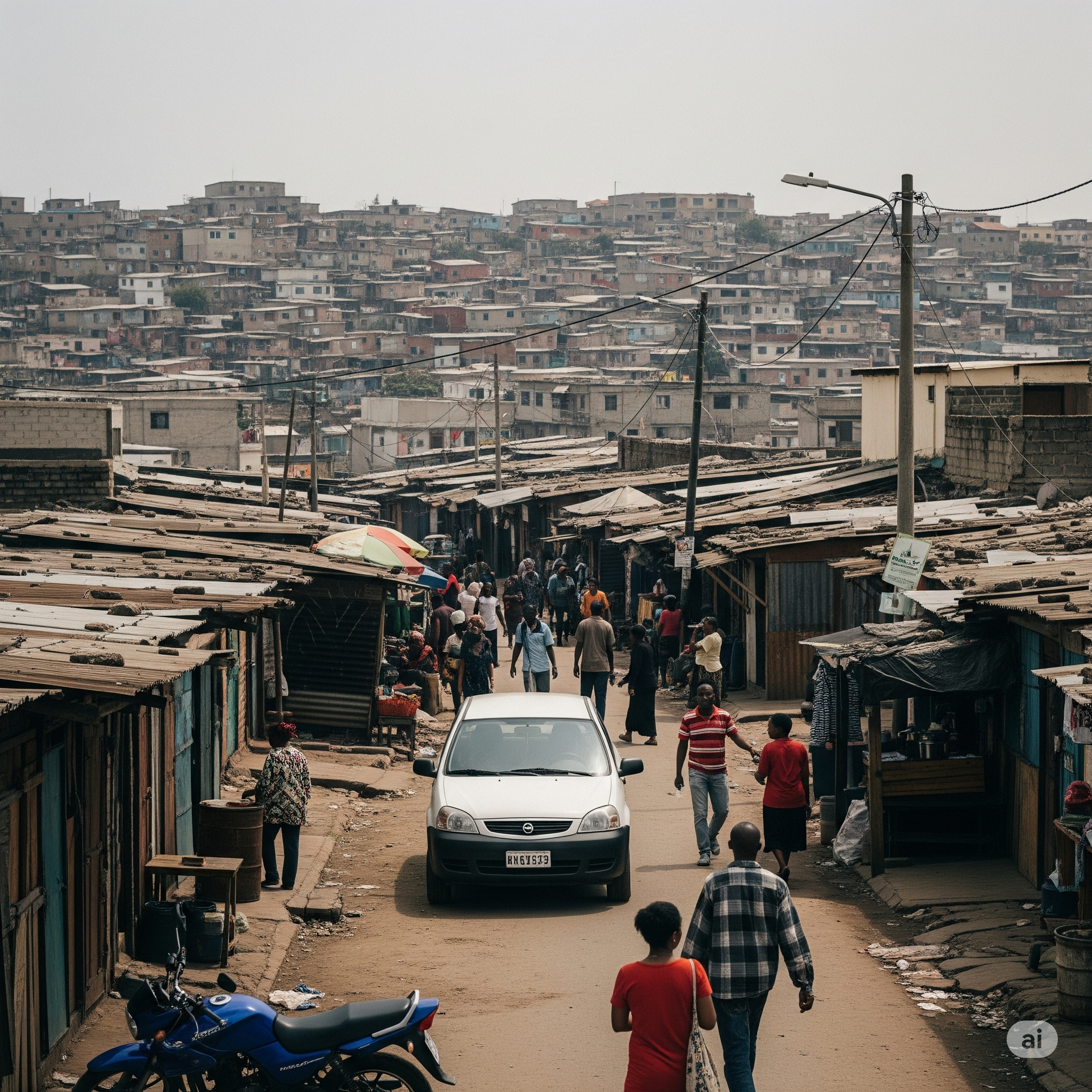Informal settlements, commonly referred to as slums, have emerged as one of the most pressing and complex urban challenges of the 21st century. As cities expand in size and population, rapid urbanization has outpaced infrastructure development and affordable housing supply, leading to the proliferation of densely populated, underserved communities that lack basic services, legal tenure, and adequate living conditions.
What Are Informal Settlements?
Informal settlements are residential areas that emerge outside the formal planning and regulatory framework of cities. Often, they are built on land that occupants do not legally own or rent, and they typically lack access to essential public services such as clean water, sanitation, electricity, and waste management. These settlements may be temporary at first but often become permanent over time, housing generations of families.
Why Are Informal Settlements Growing?
- Rapid Urbanization: Cities across Africa, Asia, and Latin America are growing at unprecedented rates. As rural residents migrate in search of jobs and better livelihoods, cities are struggling to accommodate them, especially low-income earners.
- Lack of Affordable Housing: Urban land and housing markets are often skewed toward middle and upper-income earners, leaving low-income populations with limited options.
- Weak Urban Planning and Governance: Many cities lack the institutional capacity, resources, or political will to enforce land use planning or to provide adequate infrastructure and housing for the urban poor.
- Land Tenure Insecurity: With unclear or inaccessible land policies, informal settlers often occupy land illegally or settle in environmentally hazardous zones like riverbanks, hillsides, and dumpsites.
Living Conditions in Informal Settlements
Life in informal settlements is marked by overcrowding, limited privacy, and vulnerability to environmental and health hazards. Some of the common challenges include:
- Poor Sanitation: Shared pit latrines, open defecation, and lack of sewage systems are prevalent, increasing the risk of waterborne diseases.
- Inadequate Water Supply: Residents may rely on expensive private water vendors or unsafe sources like rivers and boreholes.
- Insecure Tenure: Without legal rights, residents live under constant threat of eviction or demolition.
- Limited Education and Health Services: Informal settlements often fall outside government service delivery, leading to low access to quality schools and healthcare.
- Exposure to Crime and Violence: The absence of law enforcement and public lighting can make these areas breeding grounds for crime and insecurity.
The Social and Economic Fabric
Despite these challenges, informal settlements are not just spaces of despair. They are also places of vibrant social networks, informal economies, and cultural expression. Residents often form tightly knit communities, sharing resources and establishing small businesses. The informal economy thrives here, contributing significantly to urban productivity, even though it remains unrecognized in formal statistics.
Approaches to Addressing the Challenge
- Upgrading Instead of Demolishing: Many experts advocate for in-situ upgrading—improving services and infrastructure without displacing residents. This can include paving roads, installing water pipes, and regularizing land tenure.
- Participatory Planning: Involving residents in planning and decision-making ensures that solutions meet actual needs and fosters a sense of ownership.
- Affordable Housing Projects: Governments and developers can work together to create low-cost housing schemes supported by inclusive financing options.
- Strengthening Land Rights: Simplifying land registration and offering tenure security can incentivize residents to invest in improving their homes and neighborhoods.
- Public-Private Partnerships (PPPs): Collaborations between local governments, private developers, and NGOs can bring innovative solutions to scale.
- Resilient Infrastructure: Planning for climate resilience is crucial as many informal settlements are located in flood-prone or otherwise vulnerable areas.
The Role of Policy and Governance
Urban policy must shift from viewing informal settlements as illegal or temporary nuisances to recognizing them as integral parts of the urban ecosystem. Long-term strategies need to integrate informal settlements into the urban fabric, backed by data-driven planning, adequate funding, and inclusive legislation.
Governments should also invest in decentralizing services and empowering local authorities to respond swiftly and effectively to the needs of informal residents.
The Way Forward
The persistence and expansion of informal settlements are reminders of deeper structural inequalities in urban development. Solving this issue requires a holistic approach that combines infrastructure investment, community engagement, and policy reform. It also demands a change in mindset: from exclusion and eviction to inclusion and integration.
As cities continue to grow, the future of sustainable urban living depends largely on how we address the needs of the most vulnerable. By improving conditions in informal settlements and preventing the formation of new ones, we can take a critical step toward building more equitable, inclusive, and resilient cities for all.

